When you gaze up at the night sky, you’re witnessing the same cosmic theater that captivated dinosaurs millions of years ago. These magnificent creatures didn’t just rule the Earth—they were unwitting spectators to some of the most extraordinary celestial events our solar system has ever experienced. From blazing comets that painted prehistoric skies to massive asteroid impacts that reshaped entire continents, the age of dinosaurs was a time when heaven and Earth collided in spectacular fashion.
The Great Meteor Shower of 160 Million Years Ago
During the Late Jurassic period, massive sauropods like Diplodocus and Brachiosaurus likely witnessed one of the most spectacular meteor showers in Earth’s history. This celestial fireworks display occurred when our planet passed through the debris field of a massive comet that had broken apart in the inner solar system.
The meteor shower would have lasted for weeks, with thousands of shooting stars lighting up the night sky every hour. Unlike modern meteor showers that last only a few days, this ancient spectacle created a continuous light show that would have been visible even during twilight hours. The intense radiation from these meteors may have temporarily warmed the atmosphere, creating unusual weather patterns that affected plant growth and dinosaur behavior.
The Chicxulub Impact: A World-Changing Collision

Perhaps the most famous celestial event of the dinosaur age was the catastrophic asteroid impact that created the Chicxulub crater in Mexico 66 million years ago. This space rock, roughly 6 miles wide, struck Earth with the force of billions of nuclear weapons, instantly vaporizing everything within hundreds of miles.
The impact sent massive tsunamis racing across ancient oceans and ejected so much debris into the atmosphere that it blocked out the sun for months. Dinosaurs living thousands of miles away would have first seen an impossibly bright flash on the horizon, followed by a rain of molten rock and glass spherules. The subsequent “nuclear winter” effect fundamentally altered Earth’s climate and marked the end of the non-avian dinosaurs.
The Mysterious Comet of the Triassic
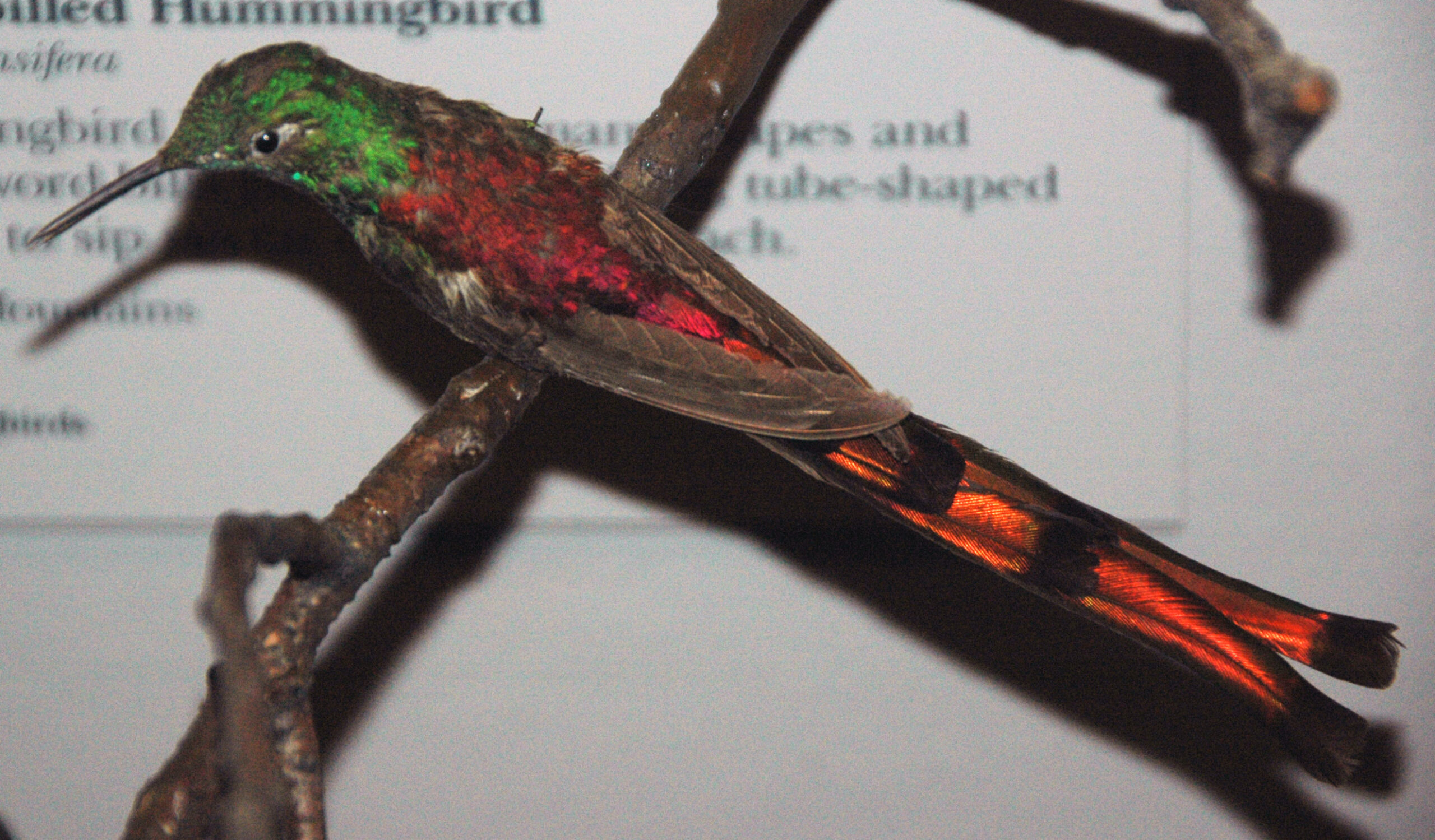
Around 215 million years ago, during the Late Triassic period, early dinosaurs like Coelophysis shared their world with a visitor from the outer solar system. A massive comet, possibly larger than Halley’s Comet, made a close approach to Earth that would have been visible for several months.
This comet would have appeared as a brilliant star with a tail stretching across a significant portion of the sky. The gravitational effects of this close encounter may have triggered increased volcanic activity and contributed to the climate instability that characterized the late Triassic. Some scientists theorize that this comet’s passage helped set the stage for the mass extinction event that allowed dinosaurs to become the dominant terrestrial vertebrates.
The Binary Star System’s Spectacular Death
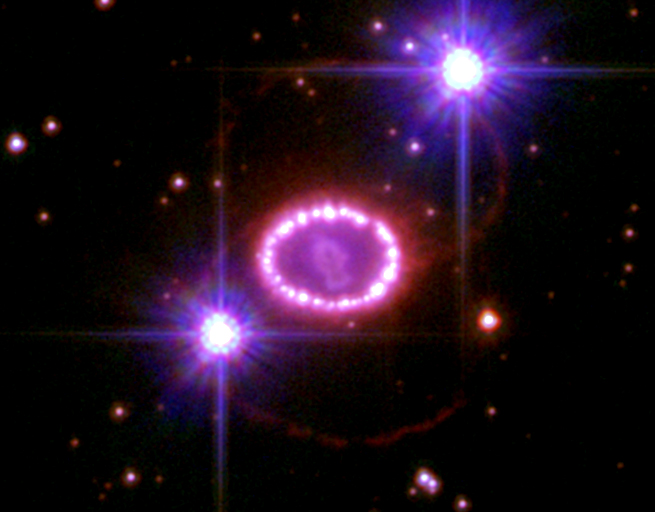
Approximately 140 million years ago, during the height of the Cretaceous period, dinosaurs witnessed something that wouldn’t be seen again until the modern era—a supernova explosion visible in broad daylight. This stellar explosion occurred when a binary star system roughly 2,000 light-years away reached the end of its life cycle.
For several weeks, this “new star” would have been brighter than Venus and visible even during the day. The night sky would have been dramatically altered, with this cosmic beacon casting shadows and affecting the behavior of nocturnal creatures. The high-energy radiation from this supernova may have temporarily depleted Earth’s ozone layer, exposing dinosaurs to increased levels of cosmic radiation and ultraviolet light.
The Great Lunar Eclipse Series
During the mid-Jurassic period, around 170 million years ago, Earth experienced an extraordinary series of lunar eclipses that occurred in rapid succession. This rare astronomical phenomenon happened when the Moon’s orbit aligned perfectly with Earth’s shadow for several consecutive months.
Each eclipse would have turned the Moon a deep crimson color, creating what ancient humans would later call a “blood moon.” For dinosaurs, these recurring red moons may have disrupted natural rhythms and migration patterns. The series of eclipses was caused by a slight wobble in Earth’s rotation, triggered by the massive asteroid impact that created the Manicouagan crater in present-day Canada.
The Massive Solar Flare Event
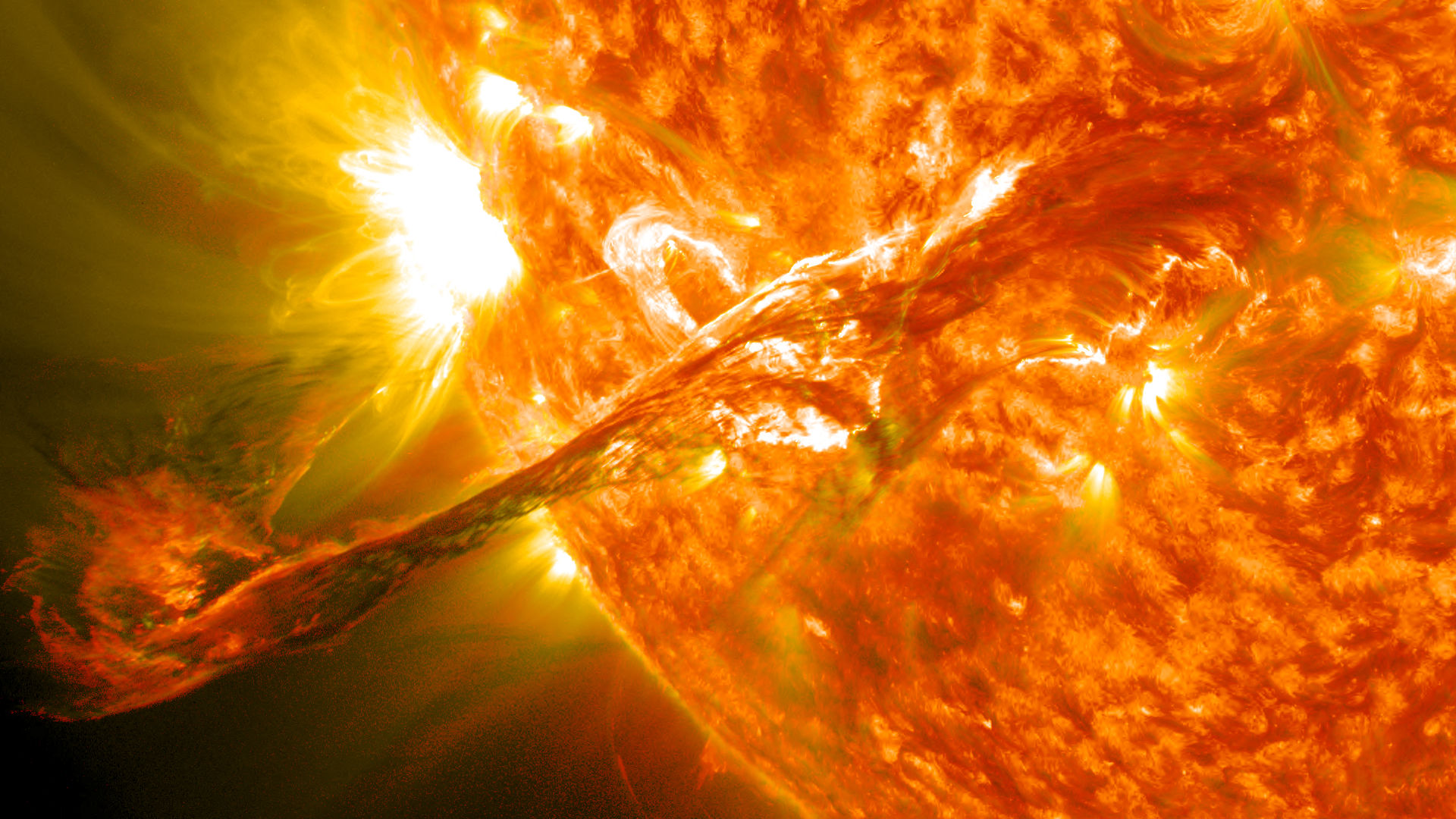
Scientists have discovered evidence of an enormous solar flare that occurred during the Early Cretaceous period, approximately 120 million years ago. This solar storm was hundreds of times more powerful than any recorded in modern history, sending waves of charged particles racing toward Earth at incredible speeds.
The resulting aurora displays would have been visible at all latitudes, painting the entire sky in brilliant greens, reds, and purples. Dinosaurs living near the poles would have experienced continuous daylight-bright auroras for weeks. The intense magnetic activity may have temporarily disrupted Earth’s magnetic field, allowing more cosmic radiation to reach the surface and potentially affecting dinosaur DNA and evolutionary processes.
The Wandering Planet Phenomenon
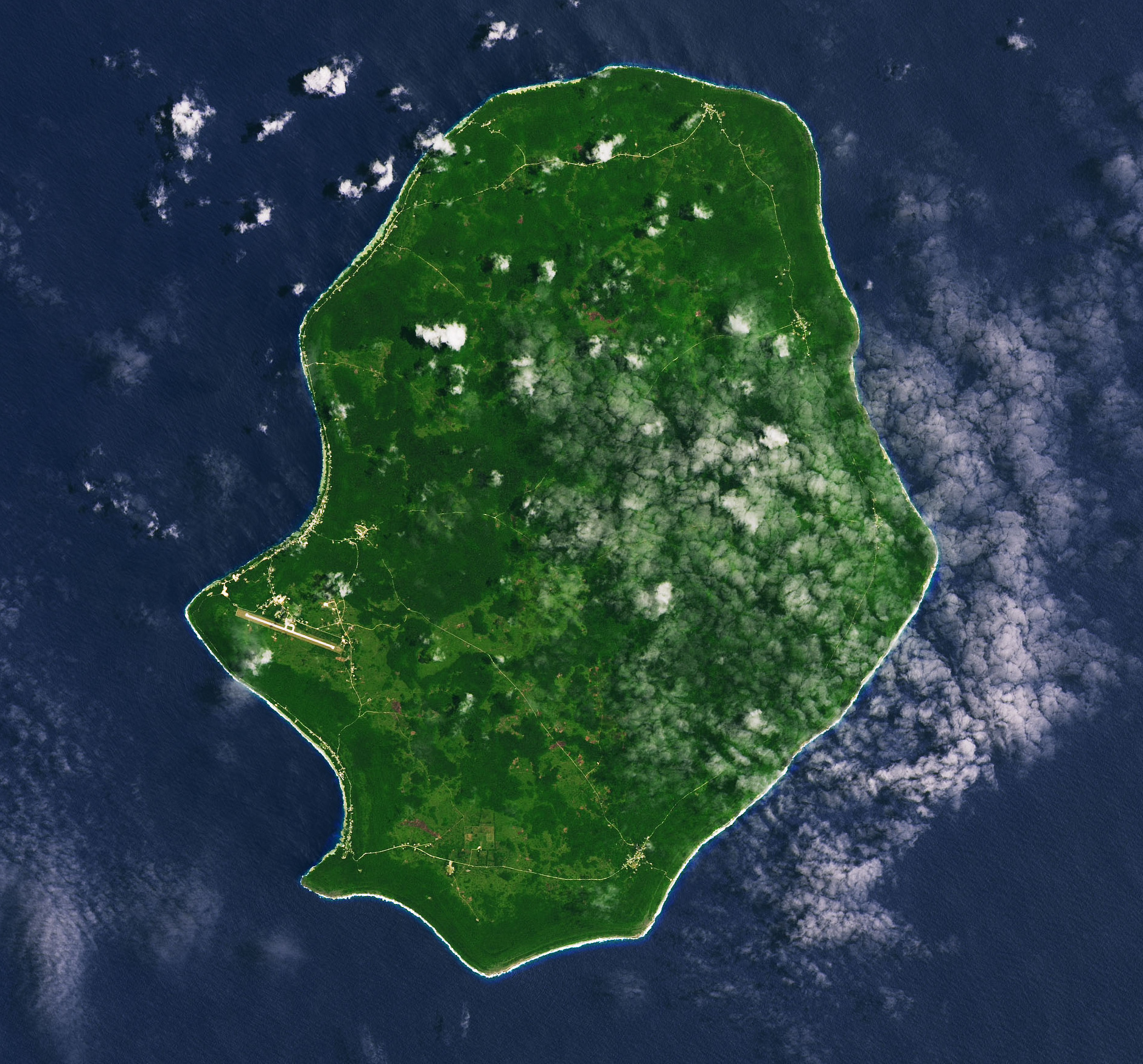
During the Late Jurassic period, a rogue planet—likely ejected from a distant star system—passed through the outer regions of our solar system. While this wandering world never came close enough to Earth to cause direct damage, its gravitational influence created havoc with the orbits of comets in the Kuiper Belt.
This cosmic disruption sent dozens of comets hurtling toward the inner solar system, creating what paleontologists call the “Jurassic Comet Storm.” Over the course of several million years, these comets would have been visible in Earth’s skies almost continuously. The increased comet activity may have contributed to the warming climate that characterized the Late Jurassic, as water vapor and other greenhouse gases were deposited in the atmosphere.
The Venusian Transit Alignment
Approximately 85 million years ago, during the Late Cretaceous period, Venus passed directly between Earth and the Sun in what astronomers call a transit. However, this wasn’t just any ordinary transit—it was part of a rare triple alignment that included Mars and Jupiter.
From Earth’s perspective, observers would have seen Venus as a small dark dot moving across the face of the Sun, while Mars appeared unusually bright in the sky. The gravitational effects of this alignment may have influenced Earth’s tides and weather patterns. Some researchers suggest that the stress from these tidal forces contributed to increased volcanic activity during this period, including eruptions that created the Deccan Traps in India.
The Asteroid Belt Collision
Around 100 million years ago, two massive asteroids collided in what is now the asteroid belt between Mars and Jupiter. This cosmic crash sent debris flying in all directions, with some fragments eventually making their way to Earth as meteorites.
The collision would have been visible from Earth as a brief, bright flash in the constellation we now call Virgo. Over the following months, increased meteor activity would have been noticeable as smaller fragments entered Earth’s atmosphere. Analysis of meteorites from this period shows unusual mineral compositions that scientists believe originated from this ancient collision, providing dinosaurs with a literal taste of deep space.
The Great Coronal Mass Ejection
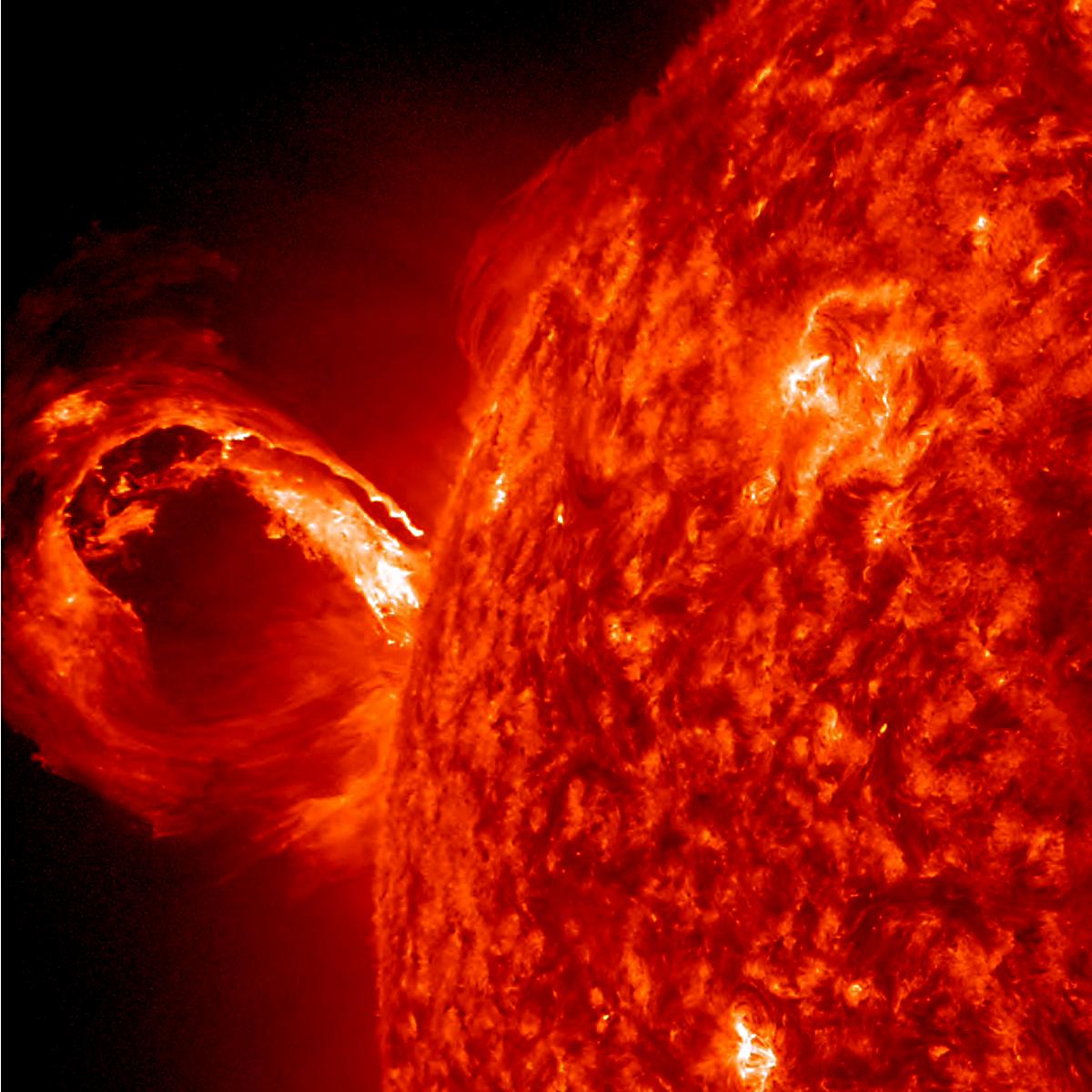
Evidence preserved in ancient ice cores suggests that around 110 million years ago, the Sun unleashed a coronal mass ejection of unprecedented magnitude. This solar eruption sent billions of tons of charged particles racing toward Earth at speeds exceeding one million miles per hour.
When these particles reached Earth’s magnetosphere, they created aurora displays that were visible even in tropical regions. The intense radiation may have temporarily ionized the atmosphere, creating unusual electrical phenomena and affecting the behavior of creatures that rely on magnetic navigation. Some scientists speculate that this event may have contributed to evolutionary changes in dinosaur species that were particularly sensitive to electromagnetic fields.
The Mysterious Gamma-Ray Burst
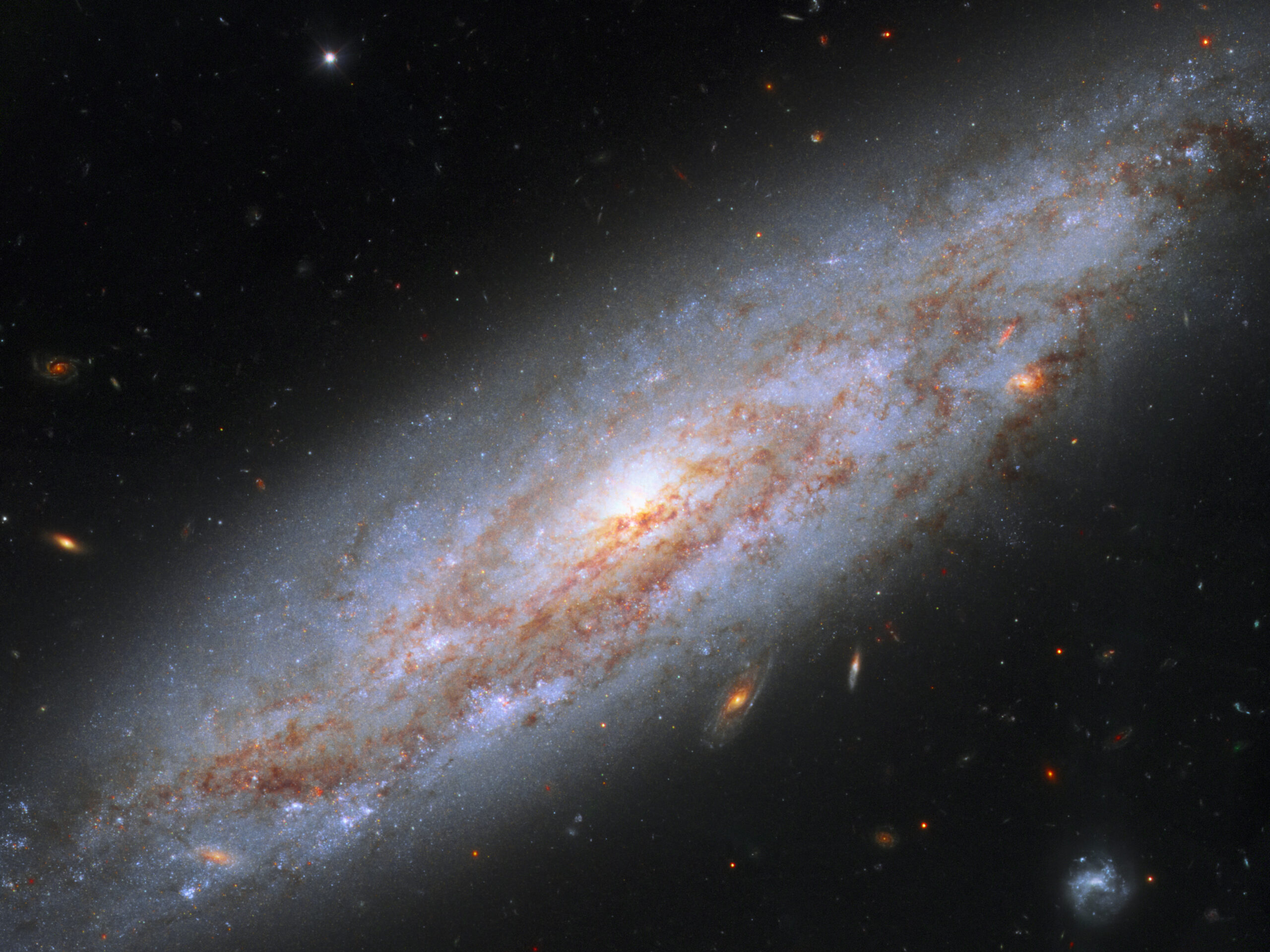
Approximately 95 million years ago, a gamma-ray burst from a collapsing star in a distant galaxy briefly bathed Earth in high-energy radiation. While this event lasted only a few seconds, it was powerful enough to be detected in geological records and may have had lasting effects on Earth’s biosphere.
The burst would have appeared as an incredibly bright flash of light, potentially visible even during daylight hours. The intense radiation temporarily damaged Earth’s ozone layer, allowing increased ultraviolet radiation to reach the surface. This cosmic event may have contributed to the evolution of more sophisticated DNA repair mechanisms in dinosaurs and other organisms of the time.
The Planetary Alignment of 75 Million Years Ago
One of the most spectacular sights in the dinosaur age occurred when all five visible planets aligned in a nearly perfect straight line during the Late Cretaceous period. This rare celestial event, known as a syzygy, would have created an impressive display of “wandering stars” in the pre-dawn sky.
The gravitational effects of this alignment may have influenced Earth’s rotation and orbit, contributing to subtle changes in climate patterns. For dinosaurs, this alignment would have been a months-long spectacle, with the planets appearing to march across the sky in formation. The event may have influenced the migration patterns of certain species and contributed to the complex ecosystem changes that characterized the late Cretaceous period.
The Formation of Earth’s Second Moon
Recent computer simulations suggest that around 200 million years ago, Earth may have temporarily captured a small asteroid that became a second moon. This temporary satellite, probably no larger than a few miles across, would have orbited Earth for several thousand years before eventually escaping back into space.
During its brief tenure as Earth’s second moon, this object would have been visible to dinosaurs as a fast-moving bright star that crossed the sky multiple times per night. The additional gravitational influence may have created unusual tidal patterns and affected the behavior of marine reptiles and coastal ecosystems. The eventual departure of this temporary moon may have contributed to the geological instability that marked the transition between the Triassic and Jurassic periods.
The Legacy of Cosmic Witnesses
The dinosaurs weren’t just passive observers of these celestial events—they were active participants in a cosmic drama that shaped the evolution of life on Earth. Each meteor shower, comet passage, and planetary alignment left its mark on the fossil record, influencing everything from migration patterns to evolutionary adaptations.
These ancient cosmic events remind us that Earth has always been part of a dynamic, ever-changing universe. The same forces that amazed dinosaurs millions of years ago continue to shape our planet today, creating the ongoing story of life’s resilience and adaptation. When we look up at the night sky, we’re seeing through the same window that revealed these wonders to creatures that walked the Earth long before humans ever existed.
The celestial events that occurred during the age of dinosaurs weren’t just random cosmic accidents—they were integral parts of the complex web of factors that shaped life on our planet. From the catastrophic impact that ended the reign of the dinosaurs to the subtle gravitational influences that affected climate and evolution, these events demonstrate the profound connection between Earth and the cosmos. What other cosmic mysteries might have unfolded above the heads of these ancient giants that we have yet to discover?



